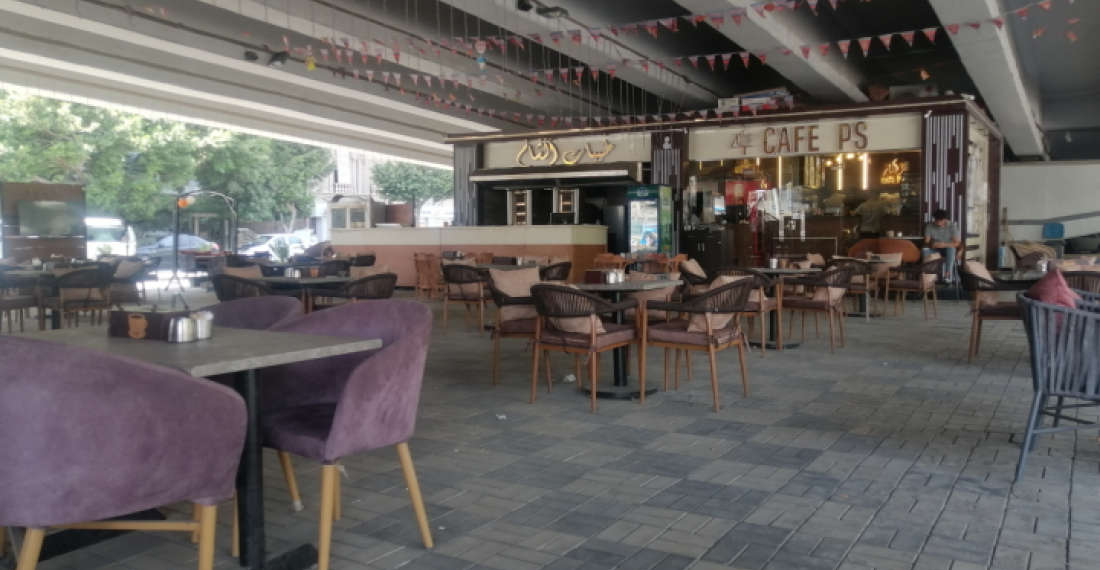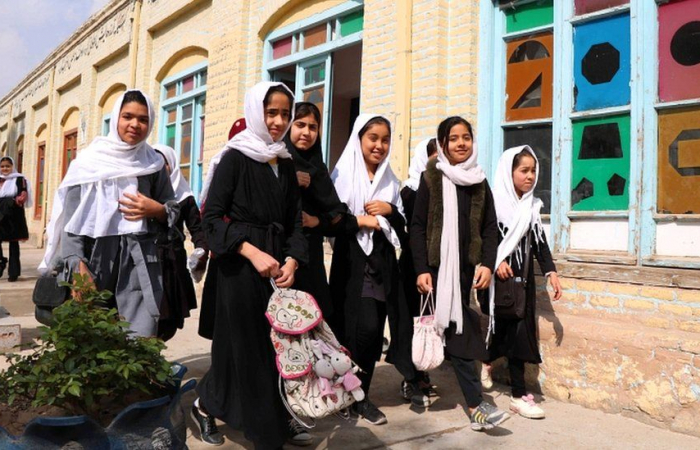Egypt's capital, Cairo, is home to hundreds of bridges and bridge extensions scattered all over the metropolis. For long, under bridges were a place for the homeless, renegades and illicit activities but the scene is rapidly changing now as underbridges turn into cafes and social corners.
As the public changes, competition is also rising between different cafe owners to attract visitors who enjoy a cup of tea and watch a football game under the bridges. The bridges, in Cairo and outside, were for long considered an essential component of the state's connectivity infrastructure.
Recently, the Egyptian government has launched and built a number of new bridges with the aim of facilitating the flow of traffic. However, these bridges came at a hefty price and some analysts argue that the government is allowing commercial activity around the bridges as a means of generating state revenue to compensate for some of the infrastructure costs. Local sources have confirmed that entrepreneurs rent shops under the bridges in liaison with relevant state entities.
Business costs at these spaces are expensive but revenues are also high enough to cover expenses. Due to the huge demand among Egyptians, the relevant government authorities had a motivation to invest in these spaces turning them into lively spaces with lights and music.
Journalists and Urban planners have different opinions on the utilisation of the new spaces. Their critique is that the new experience under the bridges basically serves food and beverages but no diverse social activities. Also, the new state strategy towards under bridges converts the bridges into private business properties and not necessarily to the common public use.






